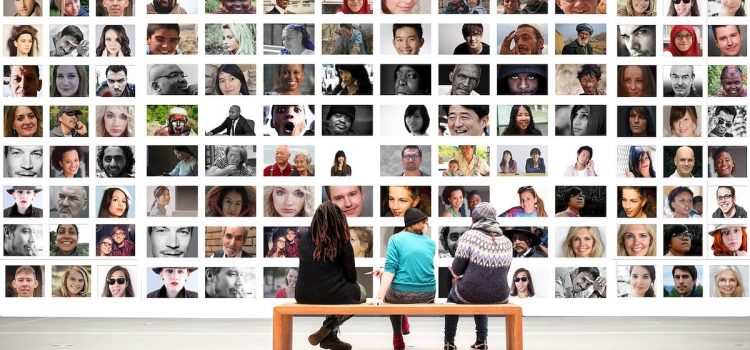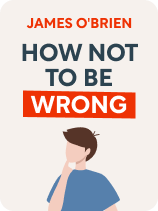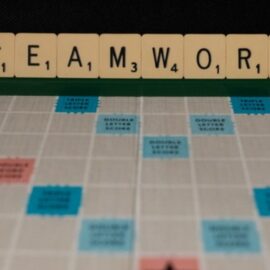

This article is an excerpt from the Shortform book guide to "How Not To Be Wrong" by James O'Brien. Shortform has the world's best summaries and analyses of books you should be reading.
Like this article? Sign up for a free trial here.
Do you look down on others? Do you have empathy for all kinds of people, or does bias sometimes get in the way?
Radio personality James O’Brien has been known for his ability to argue his guests into submission and prove his own rightness. In his book How Not to Be Wrong, he explains how he realized his misguided beliefs about himself and others and ultimately changed course.
Continue reading to learn how to overcome bias as O’Brien has.
Overcoming Bias
In a book that could easily be titled “How to Overcome Bias,” James O’Brien argues that learning to change your mind when you’re wrong is a valuable tool for combatting prejudice. Coming from a man who was taught never to show vulnerability, his method for changing his own mind is unexpected: starting therapy and exploring his childhood trauma. O’Brien claims that only by getting to the root of our pain can we learn to have empathy for others.
O’Brien admits that he had misguided beliefs about race and that he held prejudices against certain groups of people. He recognized that some of his beliefs about others were unfair and unfounded, but he had a hard time letting go of them—in part because he’d never questioned where they come from. Examining the source of prejudices and talking to callers on his radio show helped him change his mind about the stop-and-frisk policy, white privilege, overweight people, people with tattoos, and unmarried people.
O’Brien lets go of his biases by asking himself tough questions about why he believes what he does. He believes that you can’t argue someone into changing their mind; you can only ask them questions until they get to a place where they might change their own mind.
In examining “wrong” beliefs and biases, whether they’re his own or someone else’s, O’Brien typically asks the following questions:
- What are you afraid of?
- What are you really angry about?
- How would you feel if the roles were reversed?
| Additional Methods of Overcoming Bias O’Brien says that his primary method for combating bias is asking tough questions (and it seems that therapy also helped him get to the root of his own prejudices). Psychologists have identified a number of other effective methods for reducing one’s prejudices against others, such as: 1. Traveling. Traveling serves as a reminder that different cultures have very different ways of doing things, and that your culture’s way is not the only (or best) way. 2. Taking a class on prejudice. Knowledge is one of the most effective ways to combat bias. Studies show that taking a course on prejudice can significantly reduce your levels of both conscious and unconscious bias. 3. Happiness. Research also demonstrates that people who are smiling and happy are less likely to show implicit bias on a test of racial attitudes. 4. Working together for a common cause. When opposing groups work together to achieve a common goal, such as supporting a cause they value, they are more likely to get along and form cross-group friendships. 5. Staying healthy. Research shows that when people are concerned about their own mortality, they care more about their values—but they’re also more likely to be prejudiced against those who don’t share those values. Staying healthy can help you feel more secure about your place in the world, and, surprisingly, this is likely to make you more tolerant of other worldviews. When confronted with bias in yourself or others, there are a few things you should do, according to the Anne Frank House. The first step is to recognize the bias. Everyone has biases, so awareness is a prerequisite to making change. Second, make sure that the prejudices you do have don’t affect your behavior and lead to discrimination. For example, it was one thing for O’Brien to have negative opinions about overweight people, but it was more egregious for him to spread those opinions on his radio show and encourage the use of fat-shaming slurs that hurt others. Finally, if you witness or experience prejudice, react. If you see someone discriminating against others or insulting groups of people, say something. This is where O’Brien’s advice to ask questions comes in handy. If you argue or try to convince someone that they’re wrong, you’re unlikely to get anywhere. But asking questions—ideally with empathy and humor— can cause them to examine and perhaps even reconsider their beliefs. |

———End of Preview———
Like what you just read? Read the rest of the world's best book summary and analysis of James O'Brien's "How Not To Be Wrong" at Shortform.
Here's what you'll find in our full How Not To Be Wrong summary:
- Why learning to change your mind is a valuable skill
- How to combat prejudice and gain empathy for others
- Why you should take a step back and reexamine your beliefs






